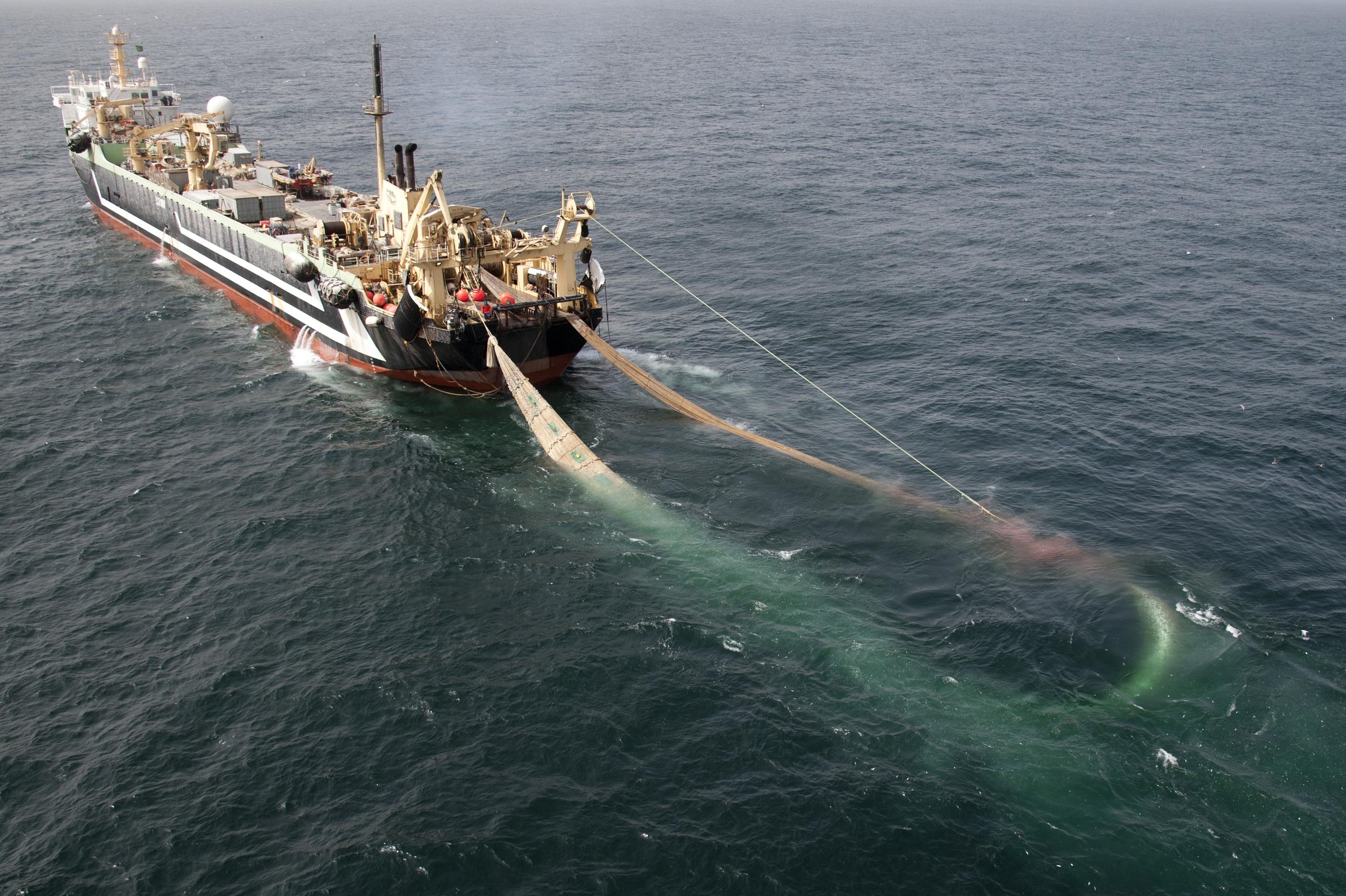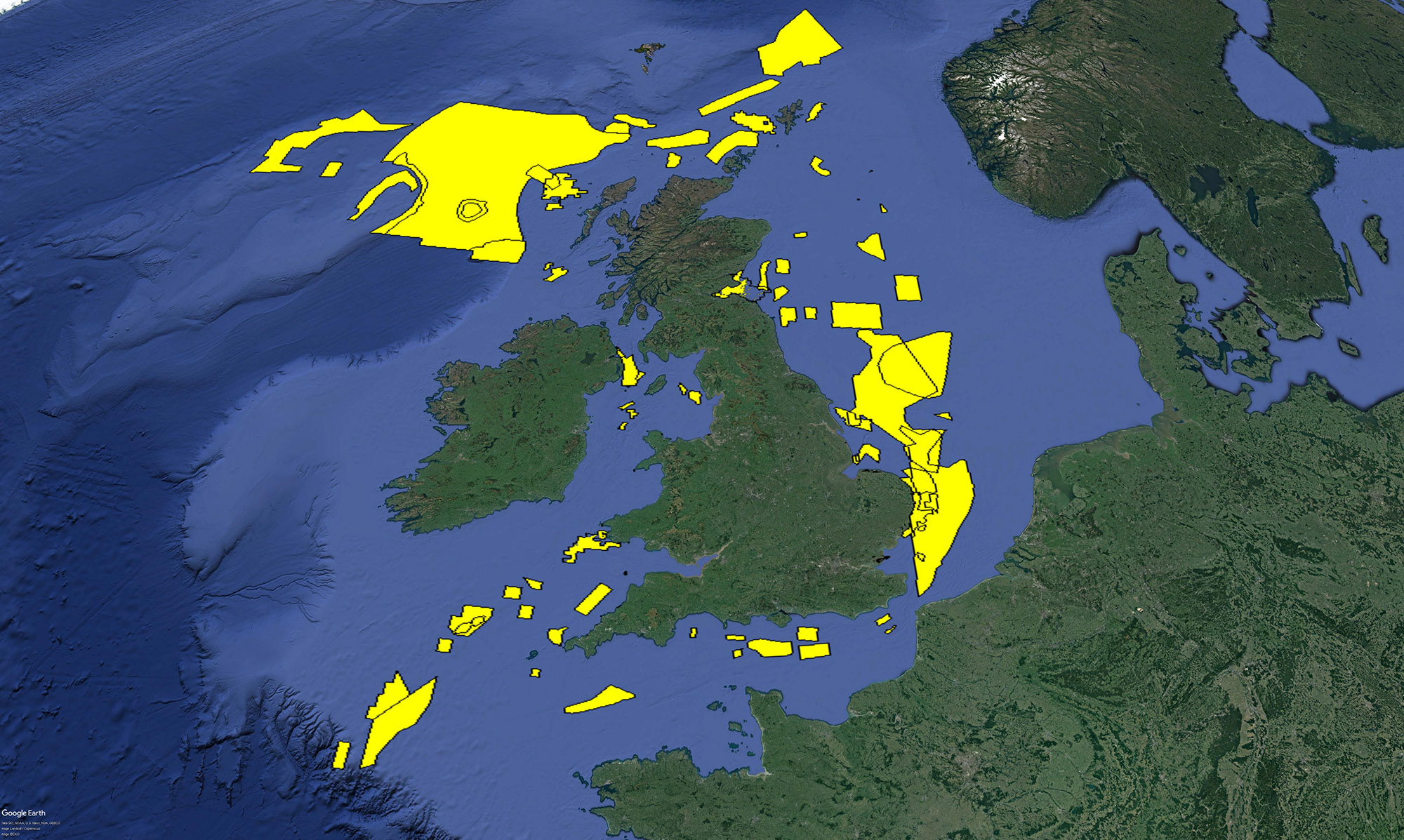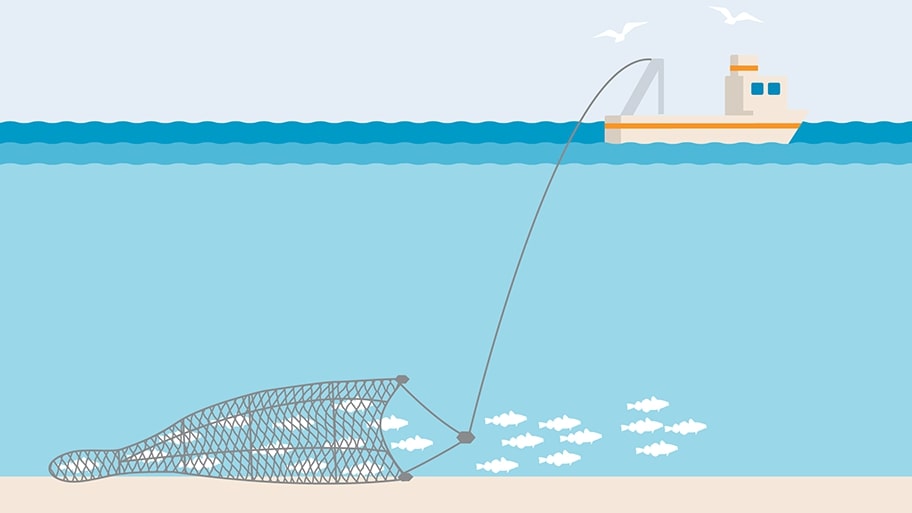
- Sustainable Planet -
- 6mins -
- 504 views
Good news. Here is what happened after activists dropped boulders in the sea!
UK Government bans bottom trawling—an environmentally destructive fishing technique—from four UK offshore Marine Protected Areas, including the Dogger Bank, the nation’s largest sandbank.
Dogger Bank given protection from bottom trawling
The UK’s largest sandbank has been protected from bottom trawling, an environmentally destructive fishing technique, reported The Guardian last month. Activists have been calling on the government for years to stop bottom trawling at Dogger Bank, an important site off the east coast of England for species including sand eels, hermit crabs, flatfish and starfish.
Recent data showed the fishing method, involving weighted nets being dragged across the seabed, had tripled in occurrence in the marine protected area (MPA) since Brexit. This is despite the area being labelled an MPA.
Bottom trawling happens in many of these environmentally significant areas, leading campaigners and experts to refer to them as nothing but “paper parks”. Not only does it disturb species living on the seabed, it is also a significant source of carbon release, as the seabed normally acts as a valuable sink to absorb greenhouse gases from the atmosphere, but turns into a carbon source when disturbed.
Now, the method will be banned, with government sources referring to the new legislation as a result of “Brexit freedoms”. The four bylaws, being introduced using new powers under the 2020 Fisheries Act, will come into effect in June.
Source: TheGuardian

What is known (and not known) about the government’s new ocean protection plans
After the government announcement was made, Greenpeace, the international organisation that campaigns actively for conservation of the environment and the preservation of endangered species, asked the question: is this big step forward for the oceans, or a missed opportunity? The truth is, nobody knows.
The Greenpeace campaign to safeguard the UK’s Marine Protected Areas (MPAs) from destructive fishing has made impressive headway so far, thanks to amazing public support.
The government is proposing to completely ban bottom trawling in a couple of important Marine Protected Areas, including the Dogger Bank where Greenpeace built the UK’s first ever underwater boulder barrier last year to stop bottom trawling (video below). This step was almost unimaginable a couple of years ago, and is a vital step towards real marine protection in the UK. And it couldn’t have happened without the work of Greenpeace supporters, petition signers and activists.
BIG PLANS – NO DETAILS
Last month, the government confirmed that there are plans in the works to restrict bottom trawling activity in 40 other offshore English MPAs, however, it’s worth remembering that nobody has seen the details yet.
All that’s known is that there are plans in development to restrict bottom trawling to some extent in England’s 40 MPAs over the next 3 years. Whether or not these proposals will go far enough to properly protect our seas remains to be seen.
Source: Greenpeace

How can the government do this properly, and what would these proposals need to do to be effective?
Firstly, say Greenpeace, they must all be full bans on bottom trawling in the whole of each protected area. Partial protection doesn’t work, both ecologically and economically. This is demonstrated clearly in the scientific literature, for example in this study released recently in Conservation Biology, an academic journal. The researchers compared ecosystem health in fully protected MPAs, partially protected MPAs, and coastal areas with no protections in place. They found no major differences between partially protected MPAs and those coastal areas with no protection. Meanwhile, in fully protected areas they discovered there were more species and bigger fish than in unprotected areas, in line with previous research on the topic.
This is also acknowledged by the government in their own consultation documents. For the Dogger Bank, the government documents state that a complete ban on bottom trawling in the entire protected area is the preferred option to provide the level of protection it needs.
KEY IDEAS
- Marine Protected Areas
Special parts of the sea that have some kind of protection – usually not enough!
- Bottom trawling
A destructive fishing technique that involves dragging weighted nets over the sea floor.
- ’30 by 30′
Greenpeace’s rescue plan for the world’s oceans. Would put 30% of the seas off limits to harmful industries by 2030.
- Ban all destructive fishing
Secondly, supertrawlers, as well as bottom trawlers, should be banned from all MPAs. In 2019, industrial supertrawlers, which are over 100 metres in length and hoover up huge amounts of fish from the middle of the water column, fished in 39 offshore UK MPAs.
While bottom trawlers directly damage the seabed, supertrawlers are just as bad by removing vast amounts of fish and having knock-on effects upon the rest of the ecosystem. Banning bottom trawlers from offshore MPAs, but still allowing supertrawlers, would be like carefully locking your front door when you go out, but leaving your side windows wide open. In a nature emergency, neither of these incredibly destructive practices should be allowed in our so-called protected areas.
- Do it quickly
Finally, restrictions on destructive industrial fishing in these 40 MPAs need to become a reality sooner rather than later. We are living through a climate and nature emergency. We need urgent and ambitious solutions which reflect the scale of the emergency facing us.
If the government chooses to follow a glacially slow approach of introducing local bylaws following lengthy consultations for each of the 40 MPAs, as it is doing for the Dogger Bank, it could take years, if not decades, before all 40 have tangible and sufficient protections against bottom trawling in place.
Source: Greenpeace

We need to fully protect 30% of our planet’s oceans by 2030
Greenpeace say we need to fully protect 30% of our planet’s oceans by 2030 to give them a chance to recover, and remain healthy for future generations. The UK government has backed the target of fully protecting 30% of our planet’s oceans by 2030, and is working to unite nations behind this target via the Global Ocean Alliance, but this work on the world stage doesn’t matter if the UK government can’t even properly protect waters in the UK. The government needs to step up and properly protect MPAs in the UK with an urgency and ambition that reflects the climate and nature crises facing us.
The government is overcomplicating this
A much faster way of achieving protection across all of the UK’s MPAs would be to introduce restrictions in the licenses granted to fishing vessels to permit them to operate in UK waters. Essentially, instead of doing it on a site by site basis, our government could restrict fishing operations in all of these MPAs by the types of fishing gear which can be used inside each.
Source: Greenpeace


